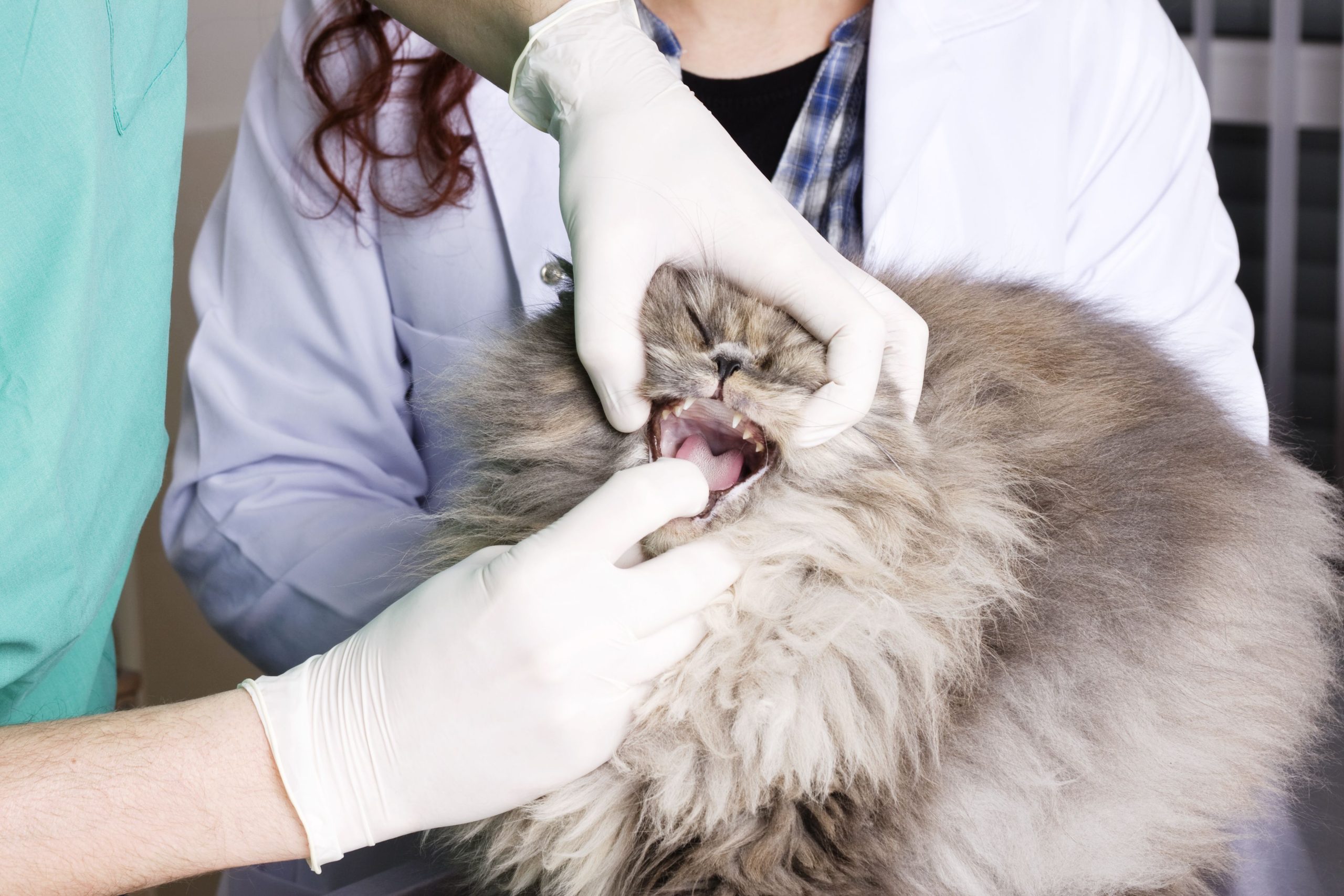As a cat lover and owner, there’s nothing more unsettling than catching your feline friend drooling with bad breath. It’s like a punch to the gut – you’re left wondering what’s going on and how you can fix it for your poor kitty.
Cat Drooling with Bad Breath: The Unpleasant Truth
Bad breath, also known as halitosis, is a common issue in cats. But when paired with drooling, it raises serious concerns about your cat’s overall health. In this post, we’ll dive into the world of feline oral health and explore the reasons behind cat drooling with bad breath.
The Connection Between Drooling and Bad Breath
While drooling is a normal behavior in cats, excessive drooling can be a sign of an underlying issue. When paired with bad breath, it’s likely a symptom of gum disease or other oral health problems. Cats are meticulous about their grooming, but they can still develop dental issues just like humans.

As we established earlier, cat drooling with bad breath is an unsettling sight for any feline enthusiast. But understanding the underlying causes can help you take proactive steps to address this issue and ensure your kitty’s overall well-being.
The Top Reasons Behind Cat Drooling with Bad Breath
While there are several reasons why your cat might be drooling with bad breath, some of the most common culprits include:
- Dental disease: As mentioned earlier, cats can develop gum disease just like humans. This leads to inflammation and infection, causing bad breath and excessive drooling.
- Gingivitis: Gingivitis is a mild form of gum disease that causes redness, swelling, and bleeding in the gums. When left untreated, it can progress to periodontal disease, leading to even more severe symptoms.
- Periodontal disease: This is a more advanced stage of gum disease characterized by the destruction of the periodontium, including the gums, ligaments, and bone around the teeth. It’s often accompanied by bad breath, drooling, and loss of appetite.
- Mouth infections: Bacterial or fungal infections in the mouth can cause inflammation, swelling, and abscesses, leading to bad breath and excessive drooling.
- Cancer: In rare cases, bad breath and drooling in cats can be a sign of oral cancer. This is more common in older cats and requires prompt veterinary attention.
What You Can Do to Help Your Cat
While it’s essential to consult with your veterinarian if you notice your cat drooling with bad breath, there are some steps you can take at home to help alleviate the issue:
- Brush their teeth: Regular tooth brushing can help remove plaque and tartar, reducing the risk of dental disease.
- Provide a balanced diet: Feeding your cat a well-balanced diet rich in essential nutrients can help promote oral health.
- Offer chew toys: Chewing on toys or treats can help reduce the urge to drool and provide mental stimulation for your cat.
If you’re concerned about your cat’s drooling with bad breath, it’s always best to consult with a veterinarian. They’ll be able to assess your cat’s oral health and recommend the appropriate course of treatment.
Conclusion
We’ve explored the unpleasant truth behind cat drooling with bad breath and covered some of the most common causes. By understanding what’s going on, you can take proactive steps to help your kitty feel more comfortable and reduce the risk of further complications.
In our next post, we’ll delve into the world of feline dental care, exploring the best ways to keep your cat’s teeth clean and healthy. Stay tuned!
Get Expert Dental Advice for Your Furry Friend!
Don’t let bad breath and drooling ruin your cat’s life! Consult with a dental expert today.
Start chatIn our previous installment, we explored the uncomfortable phenomenon of cat drooling with bad breath. Today, we’re going to summarize the key points covered so far and provide some final insights to help you tackle this issue for your feline friend.
Summarizing the Key Points
We’ve established that bad breath in cats is a common issue, often paired with excessive drooling. This unpleasant combination can be a sign of underlying oral health problems, such as gum disease. As cat owners, it’s essential to recognize these warning signs and take action to prevent more severe complications.
Final Insights
To combat cat drooling with bad breath, you’ll need to address the root cause. This might involve:
- Regular dental care: Brush your cat’s teeth regularly using a toothbrush and feline-specific toothpaste.
- Feed a balanced diet: A healthy diet rich in vitamins and minerals can help support your cat’s overall oral health.
- Provide fresh water: Encourage your cat to drink plenty of fresh water to reduce the risk of dental problems.
- Consult with your veterinarian: If you’re concerned about your cat’s oral health, consult with a veterinarian for personalized advice and treatment.
A Strong Conclusion
Cat drooling with bad breath is an unsettling issue that requires attention. By recognizing the signs, addressing the root cause, and taking proactive steps to maintain your cat’s oral health, you can help prevent more severe complications. Remember, a healthy mouth is essential for overall feline well-being. Don’t hesitate to take action – your cat will thank you.
Low-carb black bean pasta: Say goodbye to carb-heavy noodles and hello to a healthier alternative! This innovative low-carb option is perfect for those following a keto or low-carb diet. Learn more about its benefits and how you can incorporate it into your meals.
Ask a CPA a question online for free: Are tax questions keeping you up at night? Don’t worry! You can now get expert advice from certified public accountants without breaking the bank. Find out how to get your financial queries answered quickly and easily.



